Breathing comes to us so naturally that we tend to take it for granted. If you are an otherwise healthy person and STILL get out of breathe easily when exercising, you are one of thousands who feels winded when working out. The reason? Youre doing it wrong! Its hard to imagine that something we do without even thinking about can be done wrong, but the fact is, about 80% of North Americas population breathes incorrectly.
Why its so important to do it right
Proper breathing is just as important to getting results as the training itself. Smooth and deep breathes are crucial for getting the body the oxygen it needs to perform its functions properly. Over-breathing during exertion causes your Carbon Dioxide levels to drop, which reduces blood flow to your heart. In cases involving athletes who do high exertion training, this has been shown to lead to risk of cardiac arrhythmias, and even cardiac arrest.
Proper breathing helps the exerciser last longer and with less effort: It can effect the amount of weight you can lift, pull, or squat. It can also eliminate annoying side-stitches, and even calm the mind. So, whether the goal is running, lifting, or doing warrior pose with ease, read on to discover what needs to be changed to eliminate huffing and puffing and get the most of out your workout.
1. Nose or Mouth?
Its easy to think that getting huge gulps of air while doing strenuous exercise helps oxygenate the body faster, but this isn’t the case. Your body needs a balance of oxygen and carbon dioxide to function properly. Mouth breathing diminishes carbon dioxide levels in your body because air is blown off so rapidly through the mouth. CO2 isnt just a waste product, it assists with oxygen utilization when your carbon dioxide level is too low, changes in your blood ph make your hemoglobin less able to release oxygen to your cells. Mouth breathing can also elevate your heart rate and blood pressure, which can lead to fatigue and dizziness. It has even been associated with poor posture.
Most experts agree that breathing through your nose is best. The nose is made for it! It increases CO2 saturation in the blood, which creates a calming effect, and helps warm the air entering the lungs (good for outdoor workouts in cold weather). The little hairs in the nose act as a filter which helps minimize allergen and pollution intake.
BUT breathing through the nose during exercise can just makes things needlessly hard. If you’re not used to breathing through the nose it may just be too tough to manage. The point is to get air after all, so take the path of least resistance, but be aware of it. Perhaps try and do more and more nose breathing with time, adding on as you get used to it.
2. Youre holding your breathe.
“Don’t hold your breath!”?It’s something we’ve all heard from trainers, in group classes, and workout DVDs. When you hold you breath, the energy in your cells plunge, leaving you fatigued way earlier than you should be.
Furthermore, if you exhale in the strenuous part of an exercise (ex. while pulling up on your chin-up or pushing up on your push-up) you will be able to move through that exercise with greater ease. Heres a trick to remember to breathe: EXHALE. If you exhale you will automatically inhale. Making a blowing-out noise while you do it will help keep it in your mind.
3. The weather is against you.
Dont fight the weather. Know yourself and what conditions work best for you. Some people have trouble breathing smoothly and deeply when it’s humid, others when it is very cold. Make the necessary adjustments to suit your needs: slow down your runs, workout inside, wear proper gear, etc.
4. You’re training harder than you should.
The harder you workout, the faster you need oxygen. I know you like to push yourself, but if you’re at the point where you can’t breathe, then you’ve gone too far. Scale back and gradually increase your power, speed, or weight as your body gets more fit.
5. Your technique is off.
Unfortunately one breathing method does not fit all workouts. There are actually techniques to master depending on the type of exercise you are doing. Here we go:
[Portion below is by greatist.com]
BREATHING DURING LIFTING
Always inhale on the less strenuous phase of the exercise, and exhale on the more demanding phase of the exercise. If you’re hitting heavy loads, though, experts recommend the Valsalva maneuver (aka max inhale with a pressure hold): Inhale on the easy part, hold you breath for just a short second as you approach the hardest part of the exercise (aka the sticking point”), and once you’ve completed it, exhale. The maneuver helps you tighten your core muscles, adding stability for the spine. It also increases the drive from the legs to the arms, and then to the bar, and helps you maintain proper form.
Another potential benefit of Valsalva maneuver is an increase in blood pressure, which theoretically improves how nutrients move into cells. But if you have cardiovascular problems Valsalva may not be for you. Holding your breathe can also lead to fainting so be sure to only hold your breathe until just past the sticking point.
If you are new to strength training, or working with lighter weights skip Valsalva for the moment and try to just keep a breathing tempo. Consider inhaling before beginning the lift, then slowly exhaling through the lift through pursed lips, much like the steam exiting a tea kettle. This allows you to use some of the stabilizing properties of the inhale without creating a big pressure spike.
BREATHING WHILE RUNNING
While theres no golden rule, many runners find it most comfortable to take one breath for every two foot strikes, says Alison McConnell, a breathing expert and author of Breathe Strong Perform Better. This means taking two steps (one left, one right) while breathing in and two steps while breathing out also known as the 2:2 rhythm . Because the diaphragm and surrounding organs are all subject to the forces of gravity, McConnell says, synchronizing the breath to running cadence will keep the organs from putting unnecessary pressure on the diaphragm, which can impede breathing (and make running more uncomfortable than it needs to be).
If you find yourself running out of breath or feeling winded all the time McConnell recommends decreasing the duration or the intensity of the exercise. Find an appropriate starting point and progressively adjust the intensity or the volume of the runs as you adapt. This will yield cardiovascular adaptations to help build your endurance and stamina.
BREATHING FOR OTHER CARDIO
Whether you are in a Zumba class, stepping it up on the elliptical, or grinding through an intense metabolic circuit, the same general rules apply. Do your best to control your breath so you don’t get ultra-winded and have to stop.
If you’re doing interval training, you may have to worry less about your breathing technique, because you get time to recover. Your breathing rate will just be higher during the interval.
During Stretching
Stretching is all about loosening up, so focus on inhaling deeply. It relaxes your muscles so you can get a better stretch and lower your risk of pulling anything. The exhale will follow naturally.
During Recovery
Ever finished a set of squats, thought “that wasn’t so bad,” and then started huffing and puffing? That’s because your body needs oxygen to replete its energy stores. So in between sets of exercises, practice diaphragmatic breathing. Diaphragmatic breathing allows you to get more oxygen into your lungs and to your muscles per breath so you can hit your next exercise hard. To do it, focus on filling and emptying your abdomen with each breath rather than raising and lowering your chest.
Yoga
Time to finally unwind? Reaching savasana might be tough without using the breath as fuel. Luckily, there are two popular breathing methods (or pranayama) to help you chill out or power through.
How to do it right: For sama vritti, or equal breathing, match an equal-length inhale to an equal-length exhale. This fundamental style of breath is said to calm the nervous system, lower blood pressure, and reduce stress. To power through more rigorous types of yoga, such as ashtanga, vinyasa, and power yoga, many yogis rely on ujjayi breath, (a.k.a. victorious breath). Simply breathe in and out through the nose, maintaining a slight contraction in the back of the throat. If you sound a bit like Darth Vader, youre doing it right.
What not to do: When its time for warrior IIIs, wheelbarrows, and other holy-crap-this-is-hard poses, its common to hold your breath. Take that as a sign of overexertion, Instead, take a break to refocus, breathe, and then hop back into the pose whenever youre ready.
As with everything else, practice makes perfect. Take some time each day to lie on your back, close your eyes and your mouth, fill your belly with air, and slowly exhale. This will expand your diaphragm, allowing for more oxygen flow. Quitting smoking, and correcting bad posture are also key to better breathing.
With a little awareness and time huffing and puffing through a workout will be a thing of the past!
Still short of breath? There is such a thing as strength training for the respiratory muscles, which has been shown to improve performance in endurance and high-intensity sports. Theres even an app for that (Breathe Strong), developed by McConnell to help athletes breathe stronger and more efficiently.




 Payments powered by:
Payments powered by:

